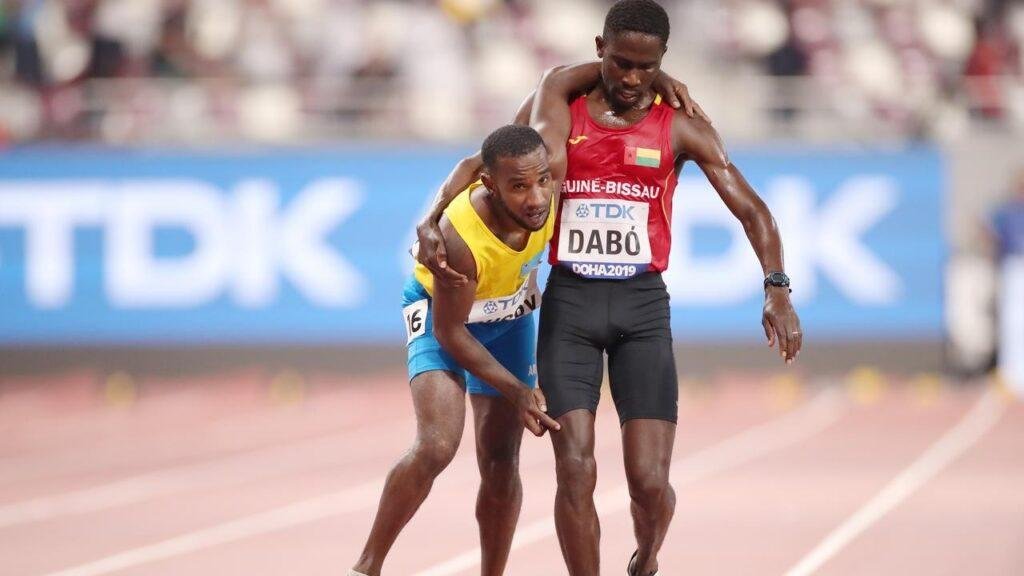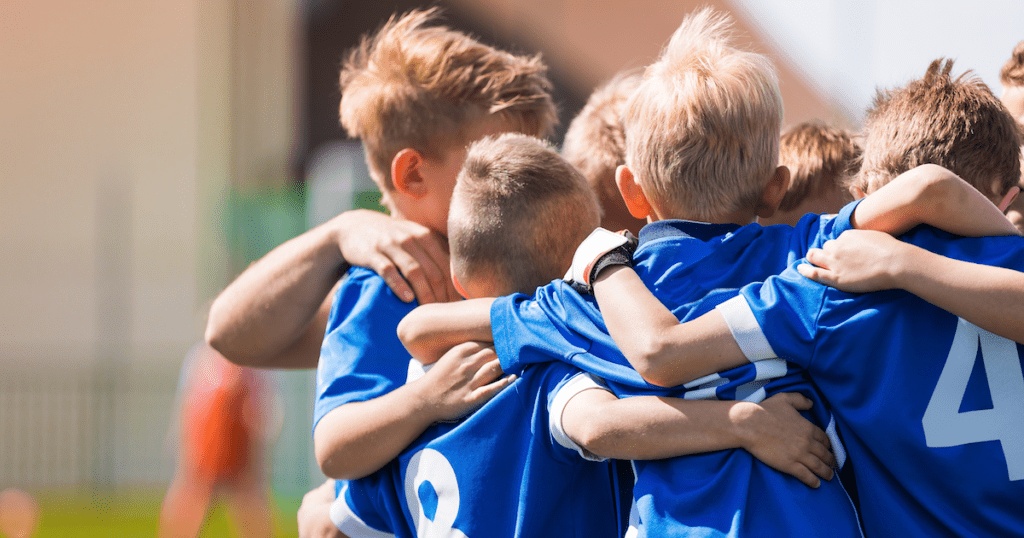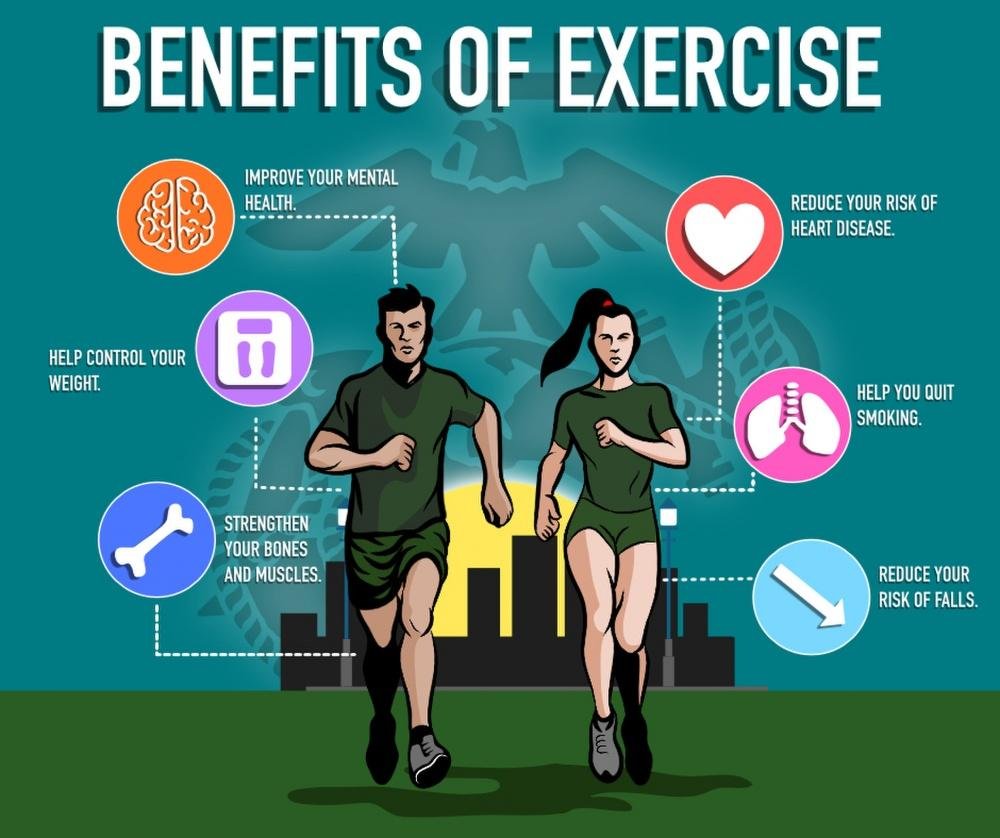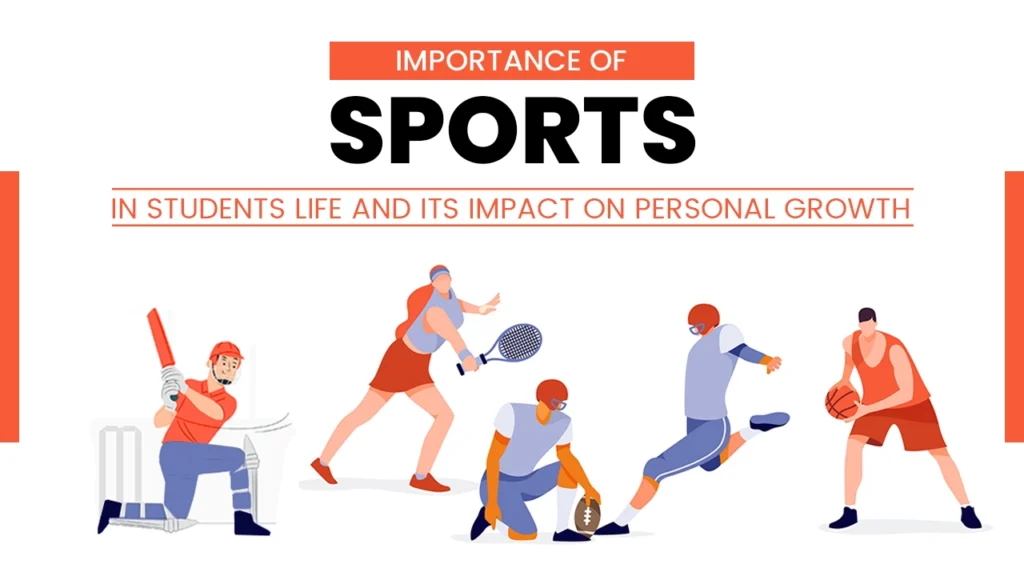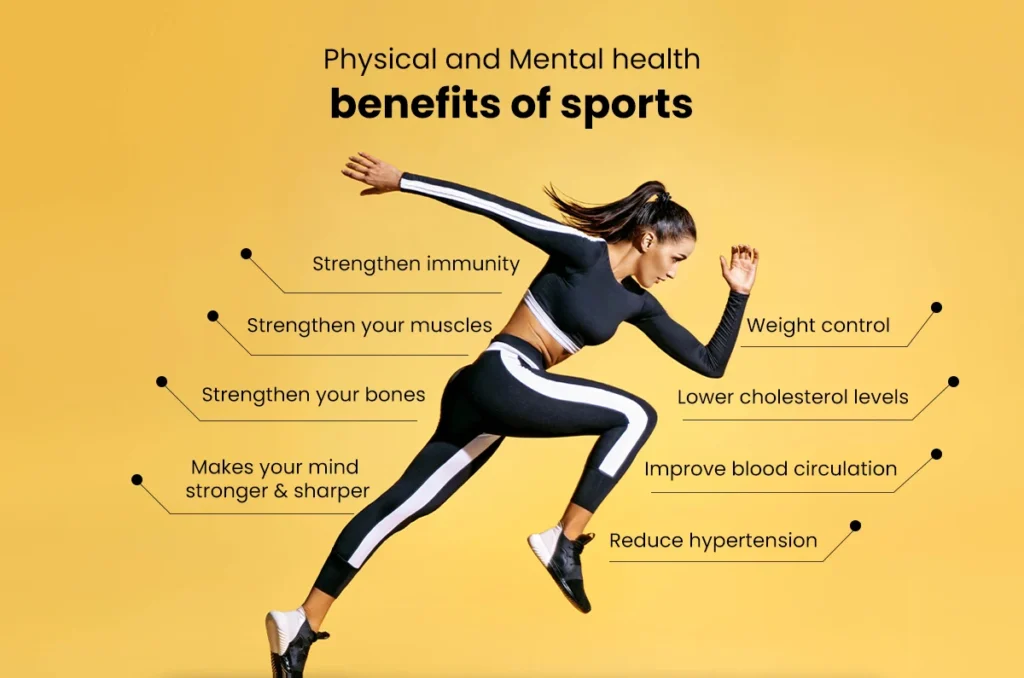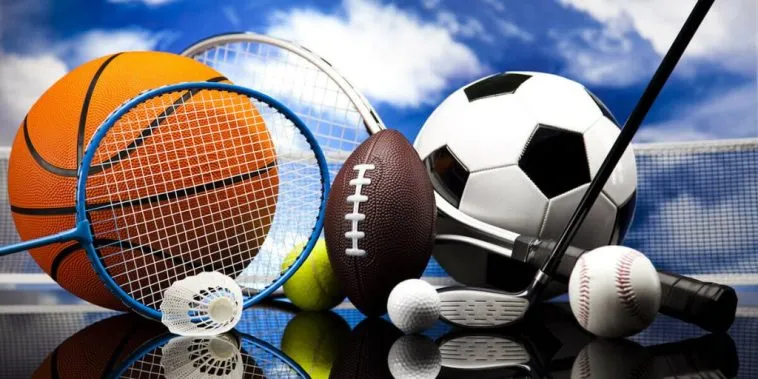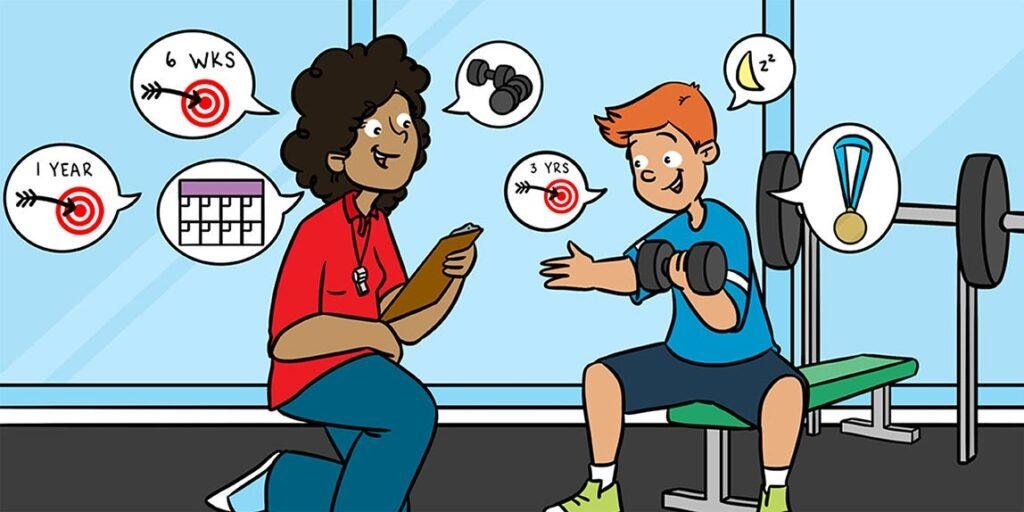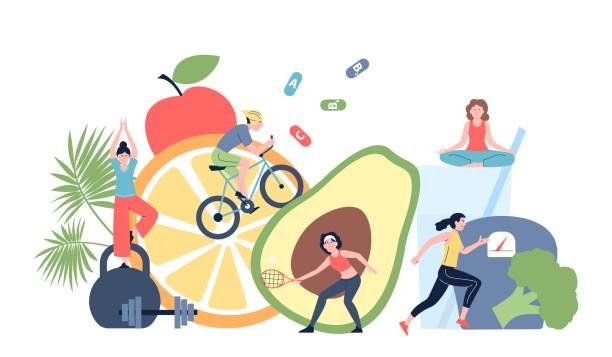The Role of Nutrition in Athletic
The Role of Nutrition in Athletic Performance
Nutrition plays a crucial role in athletic performance, providing the energy and nutrients needed to fuel the body during exercise, support recovery, and improve overall health.
Athletes need a balanced and varied diet to ensure optimal performance and minimize the risk of injury.

Macronutrients, such as carbohydrates, protein, and fats, are essential for providing energy and building and repairing muscle tissue. Carbohydrates are particularly important for endurance athletes, as they are the body’s primary source of fuel during exercise.
Protein is necessary for building and repairing muscle tissue. While fats provide energy and support the absorption of vitamins and minerals.
In addition to macronutrients, athletes also need micronutrients, such as vitamins and minerals, for optimal performance. For example, iron is essential for carrying oxygen to the muscles, while calcium is necessary for building strong bones.
Timing is also important when it comes to nutrition and athletic performance. Athletes need to fuel up before, during, and after exercise to perform their best and support recovery.
This means eating a meal or snack with carbohydrates and protein 1-2 hours before exercise. Consuming carbohydrates during exercise, and having another meal or snack with carbs and protein within 30 minutes to an hour after to support recovery.
Supplements can also play a role in supporting athletic performance, although they should not replace a balanced diet.
Athletes should use only tested and approved supplements and be cautious of those with unrealistic claims.
Proper nutrition provides energy and nutrients, helps athletes maintain a healthy weight, and reduces the risk of chronic diseases. A healthy diet should include a variety of fruits and vegetables, whole grains, lean proteins, and healthy fats.
Athletes should also be mindful of hydration, as even mild dehydration can impair athletic performance. Proper hydration involves drinking enough fluids before, during, and after exercise to replace the fluids lost through sweat.
Fluid needs vary, but aim for 8-10 cups of water daily and stay hydrated around exercise.
Conclusion
Overall, proper nutrition is essential for optimal athletic performance and overall health. Athletes should eat a balanced diet to fuel exercise, support recovery, and improve health.
They should also be mindful of hydration and consider the role of supplements in supporting athletic performance. 카지노사이트

